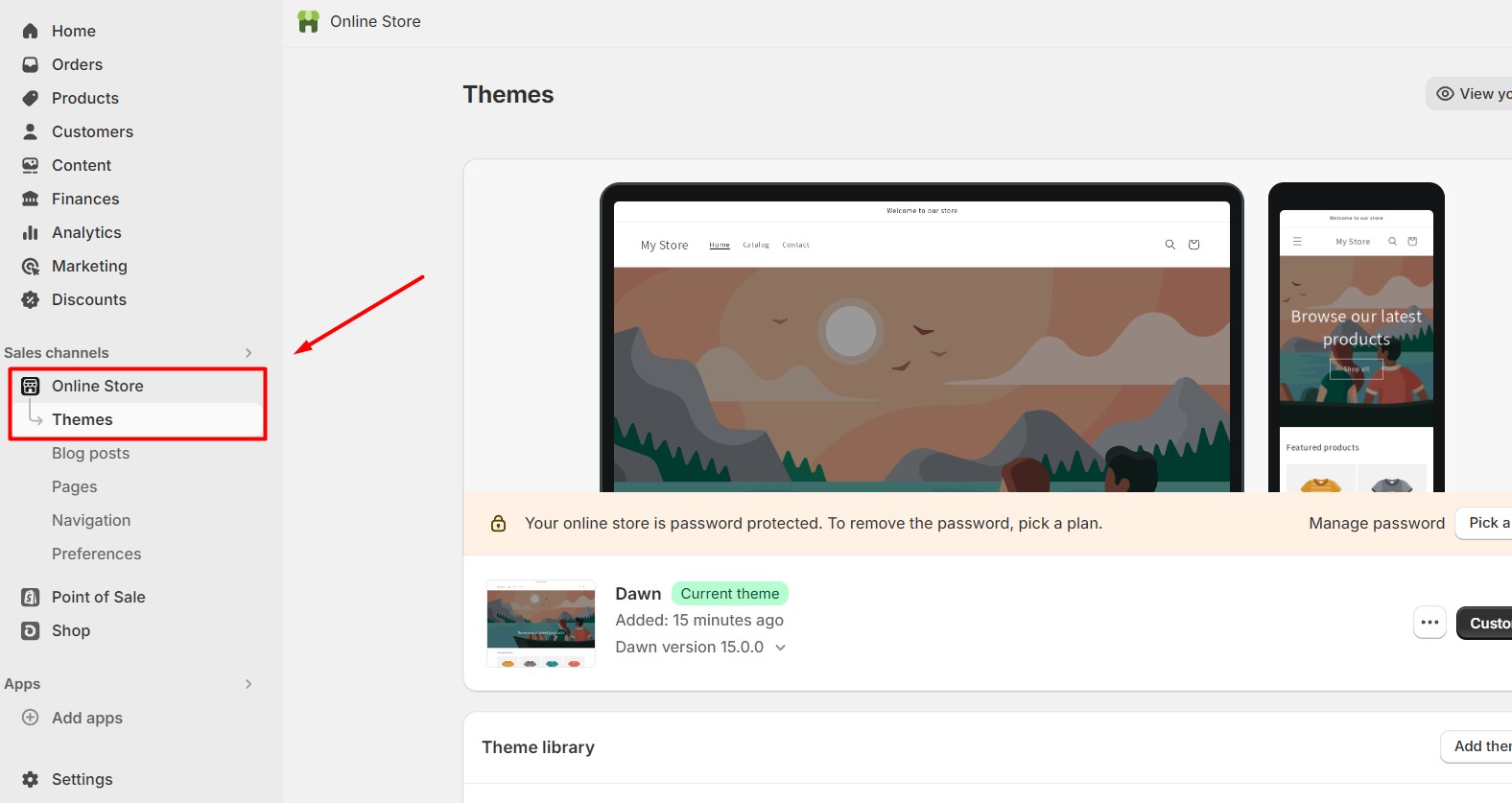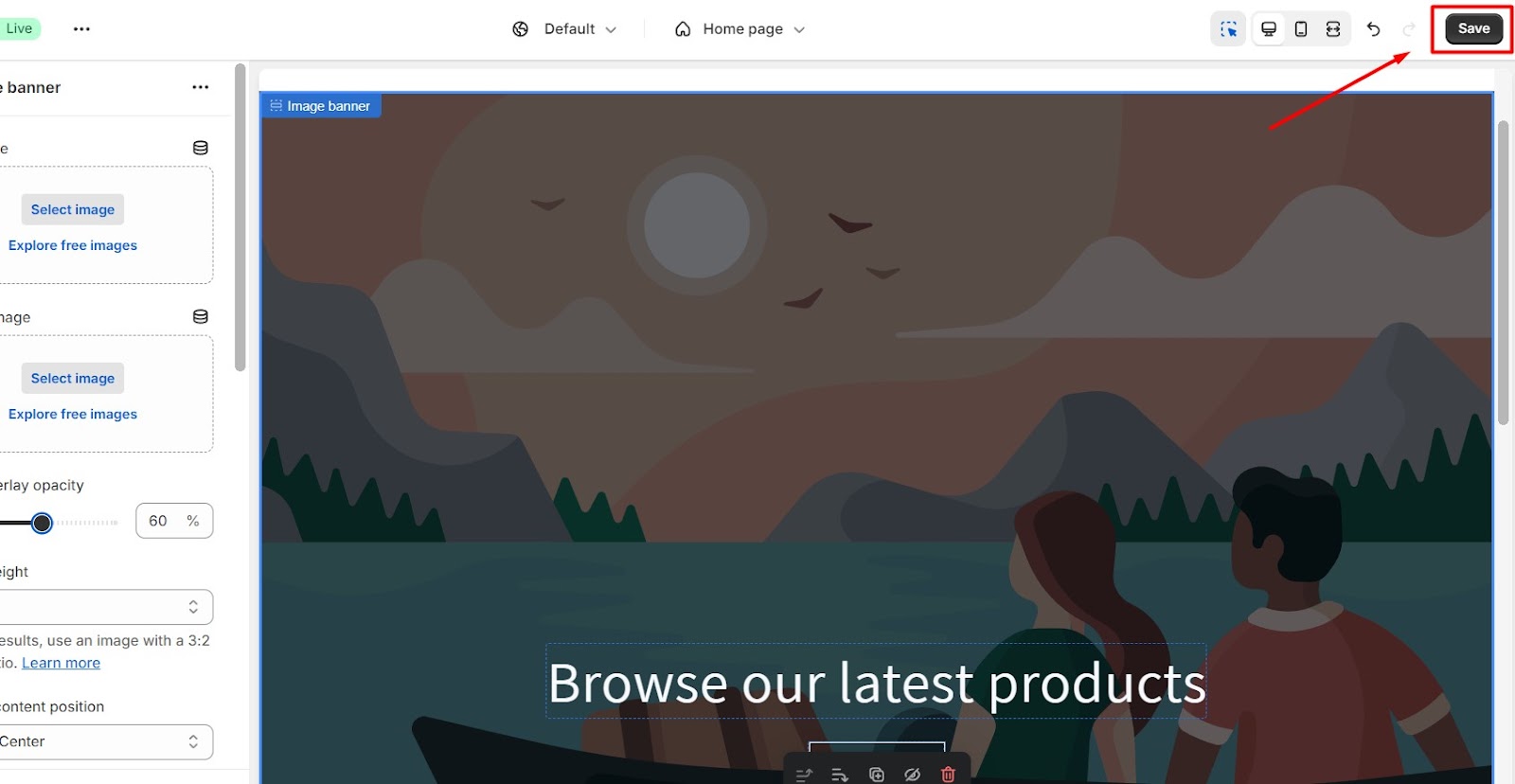How To Create and Manage Multiple Shopify Stores Like A Pro?

Do you want to grow your online store? This is the right way to go. Setting up your own Shopify store to sell your goods might be the best thing for you. But as you do this, questions like “Can you have more than one Shopify store on the same account?” may come up. Or, “How do you manage multiple Shopify stores like a pro?”.
We’ll show you step-by-step how to set up and run various Shopify stores in this post. Through these useful tips and tricks, we’ll go over everything you must understand in order to make the most out of your Shopify store, from how to use the multi-store feature to how to handle and grow your business. So what are you waiting for? Now is the time to start exploring!
On the same Shopify account, can I have more than one store?
Of course, you can! One Shopify account can hold more than one store. There is a possibility of up to 10 stores on the same Shopify account. Each store has its own name, goods, settings, and everything else!
Setting up various shops is helpful for business owners and merchants who sell different goods to a range of customers. Also, having more than one store makes it easy to divide your product lines into groups, try out different marketing tactics, and keep track of how each shop is doing on its own. Because of this, it’s pretty easy to run these Shopify businesses.
It is essential that you remember, though, that each extra store will have its own monthly fee. This means you’ll have to pay a different fee for each store if you have more than one. Also, these monthly fees change based on the plan you choose based on the needs of your shop. The Basic Shopify plan, which costs $25 for each month (or $19/ month if you pay annually), is the most basic of these.
Top 4 Reasons to Launch Multiple Shopify Stores
Reason 1: For expansion to reach new regions
A great way to make your plan to grow abroad much easier is to set up separate Shopify shops for every region. Various regions can have their stores that are designed to meet their special wants, tastes, and ways of shopping. With this method, you can make your website work best for each region by changing the language and showing deals and prices in the local currency. Shopify markets can help with some things, but having separate stores is the best way to make sure you can fully tailor the user experience for each community.

Managing shops in different regions also makes operations and delivery easier. You can speed up shipping by keeping goods and operations separate. This will benefit both your customers and your business by reducing delivery times and improving operations. This tailored method not only makes customers more joyful, but also helps you stand out in different markets.
Reason 2: Trying to reach a new audience
Having various Shopify shops can help you reach a new audience more successfully. You can be more specific with your marketing and products if you make distinct shops for different types of customers.
In addition, having multiple Shopify stores lets you keep your brand’s personality while changing your message, prices, and products to better connect with each audience, whether they are different in age, gender, hobbies, or purchasing habits. This method not only makes customers more interested and satisfied, but it also helps you better reach a wide range of market categories.
Reason 3: Taking advantage of a discount or outlet shop
Several Shopify shops may be deliberately launched to help in the management of discounted goods. Providing significant discounts on certain items is an effective way to get rid of extra inventory. But putting discounts up and center on the main website might unnecessarily lower the perceived worth of your business and create a waiting mentality. This kind of activity might have a detrimental effect on standard pricing tactics and ultimately reduce profitability.

You can consider creating a website just for your outlet shop in order to prevent this. This specialist platform can only provide big discounts and clearance products, protecting the premium reputation of your main brand and maximizing sales prospects while skillfully managing inventories.
Reason 4: Sell separate many product lines
Selling separate product lines allows merchants to diversify their offerings and cater to distinct customer segments. Many businesses opt to create spin-off brands or secondary lines to target new audiences beyond their primary customer base.
For instance, a company known for its luxury items may decide to introduce a new brand featuring more affordable products to appeal to a broader market. This strategic approach not only expands market reach but also allows businesses to capitalize on niche markets and consumer preferences.
Multiple Shopify stores: How to create them?
If you don’t need completely separate stores and want to experiment with targeting different audiences, Shopify allows you to create multiple storefronts within a single account. It’s not as hard as many people think to create multiple Shopify stores. We’ll quickly go over how can you create them in the easiest way.
Regular Shopify plans
You can create multiple stores with one email address. Here’s how to create a new one.
Step 1: Start with the basics
- Go to the Shopify organization admin
- Select “All Stores”

- Click on “Create store”

Step 2: Add apps
You don’t have to do this step, but you can pick which Shopify apps to put on your new store right away to enhance your sales and marketing efforts. Choose wisely based on your strategies.
Step 3: Set up your store’s themes
- Go to the “Themes” section in your “Online Store”

- Choose the themes you want to add
- Select a theme from the “Popular free themes” list

- Then click “Customize” to design your store’s look

- Once everything looks good, click “Save” to complete the process

Shopify Theme Development
Let's create an aesthetic, captivating, and high-converting storefront for your Shopify site!
Learn moreStep 4: Limit control permissions
- Click on “Users and Permissions” in the “Settings” bar
- Click “Add Staff”
- Press “Send invite” to complete

Step 5: Create your store
Now you can go to your new store, log in, add the information it needs, and change things around as you like!
If you don’t have time to set up your store, Mageplaza is always ready to help.
Only $999 ($1999) to launch your Shopify store
Shopify Plus
Some steps are pretty similar to regular Shopify. For detailed information, please check out our article on Shopify Plus Multiple Stores: All You Need To Know in 2025.
Do You Need a Different Email Address for Every Shopify Store?
Well, it’s not mandatory but if you ask me if it’s a good idea I’d say yes. Having separate email accounts offers several advantages that can significantly benefit your Shopify business operations.
Improved Organization
Firstly, it enhances organization by allowing you to categorize and manage various types of communication efficiently. By assigning specific email accounts for customer inquiries, order notifications, and marketing emails, you streamline your inbox management and quickly access relevant information without the clutter.
Great Customer Support
Moreover, separate email accounts facilitate better customer support. Assigning dedicated email addresses to customer inquiries ensures prompt responses and enables appropriate team members to handle specific types of queries, leading to improved customer satisfaction and quicker resolution times.
More Professional
Additionally, maintaining distinct email accounts enhances professionalism for your Shopify business. It creates a more polished image, instilling trust and confidence in your customers. This organizational approach not only boosts credibility but also reinforces your brand’s reliability in delivering exceptional service.
Furthermore, consolidating these email accounts into a single email app offers added conveniences such as time-saving benefits and streamlined integration with other business tools. This integration can automate tasks like sending order notifications or syncing customer data, further optimizing your Shopify operations.
Leveraging multiple email accounts through a unified email app can simplify your Shopify business operations, enhance customer communication, and elevate your brand’s professionalism, ultimately contributing to greater efficiency and customer satisfaction.
Frequently Asked Questions (FAQs)
What is the price for running two Shopify stores?
It is dependent upon the techniques you choose to use. You must pay for each shop, for instance, if you want to open several businesses with separate accounts. You may spend $38 a month on two shops if you have two Shopify accounts, each of which costs $19.

How many stores can you have on Shopify’s basic plan?
You can have up to 10 Shopify stores on a single account! Shopify allows you to create and manage these stores from a central location, making it easier to oversee your e-commerce empire. Each store can have its own unique domain name, product listings, settings, and branding. This allows you to cater to specific audiences or product niches without needing multiple logins or subscriptions.
What difficulties come with running multiple Shopify stores?
While launching multiple Shopify stores can expand your business reach, it also presents several challenges. Managing product data across different stores can become complicated, needing careful attention to prevent errors. Integration with various systems and fulfillment methods adds another layer of difficulty, often demanding customized solutions to streamline operations efficiently.
Moreover, maintaining consistent SEO strategies and providing quality customer support across multiple storefronts can be daunting. Each store requires equal dedication to ensure optimal search engine visibility and satisfactory customer interactions. Balancing these aspects without overlapping or complicating sales data and customer experiences becomes crucial for sustaining growth and reputation across all your Shopify stores.
One Shopify store can have how many pages?
You may be a Shopify store owner who wants to know how many pages your store can have. The good news is that you can make as many pages as you want on your Shopify store.
Depending on the needs of your store, you can have hundreds or even thousands of pages. It’s important to remember, though, that having too many pages can hurt your store’s speed, the user experience, and your search engine optimization (SEO).
Some of the most popular pages that Shopify shops use are:
- FAQ Page
- About Us Page
- Product Page
- Collect Page
Final Thoughts From Mageplaza
We learned how to use Shopify to have more than one store. If you read these tips, you’ll be able to open more than one store and run them properly. You can handle multiple Shopify stores in several different ways. You can also choose the one that will work best for your business and then start using the right tactics. It sounds great, right? Of course, it’s not easy, but if you plan your supplies, product info, and SEO well, you can get the best results on time.
Despite the problems it can cause, it also has many benefits, such as the ability to reach different types of customers, make your business more local, and make more sales with different types of products. We hope this post was helpful for you and that you can use the tips we gave you after doing more study. Do not be shy; share in the comments what strategies you find useful for handling multiple Shopify stores or your thoughts on this subject!









